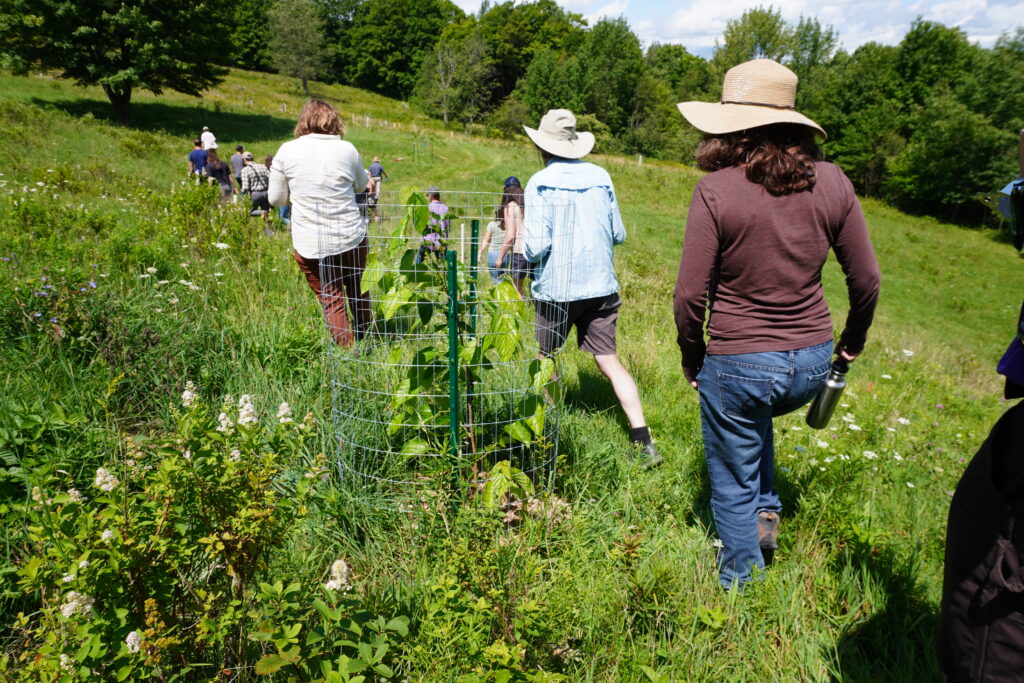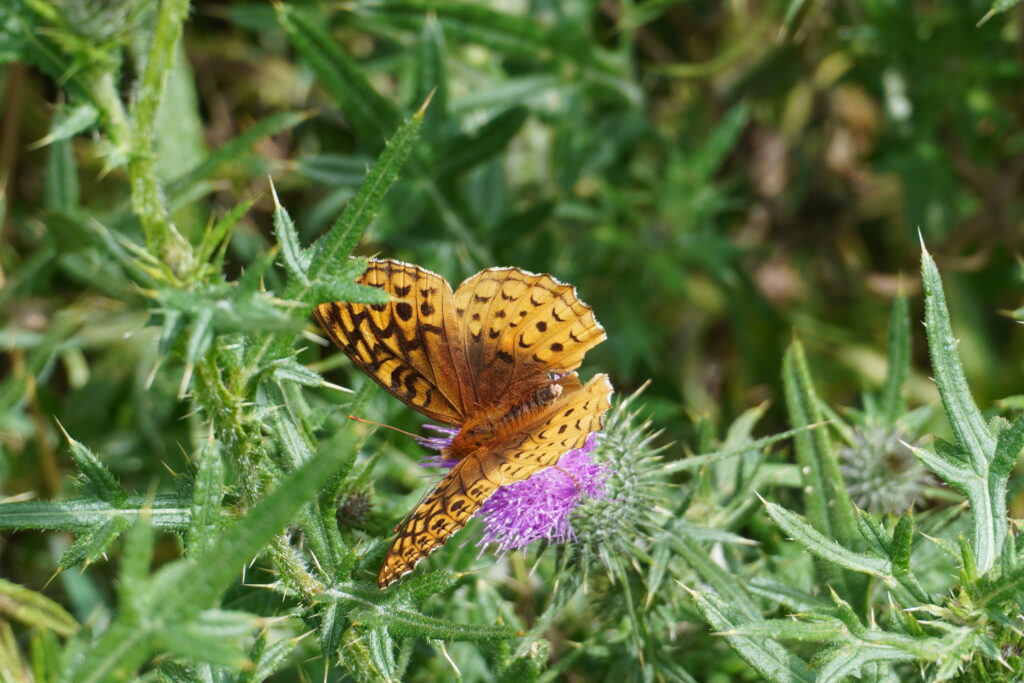Bees, Trees, Corn, and Soil: Three New England Farmers’ Projects in Action
American Farmland Trust’s New England program supports local farmers in many ways, including facilitating events where farmers can communicate directly with one another to share their knowledge in the field. At gatherings held in barns, corn fields, and pastures this summer, farmers gave precious daylight hours to collaborate with AFT New England to share their knowledge with peers and service providers.
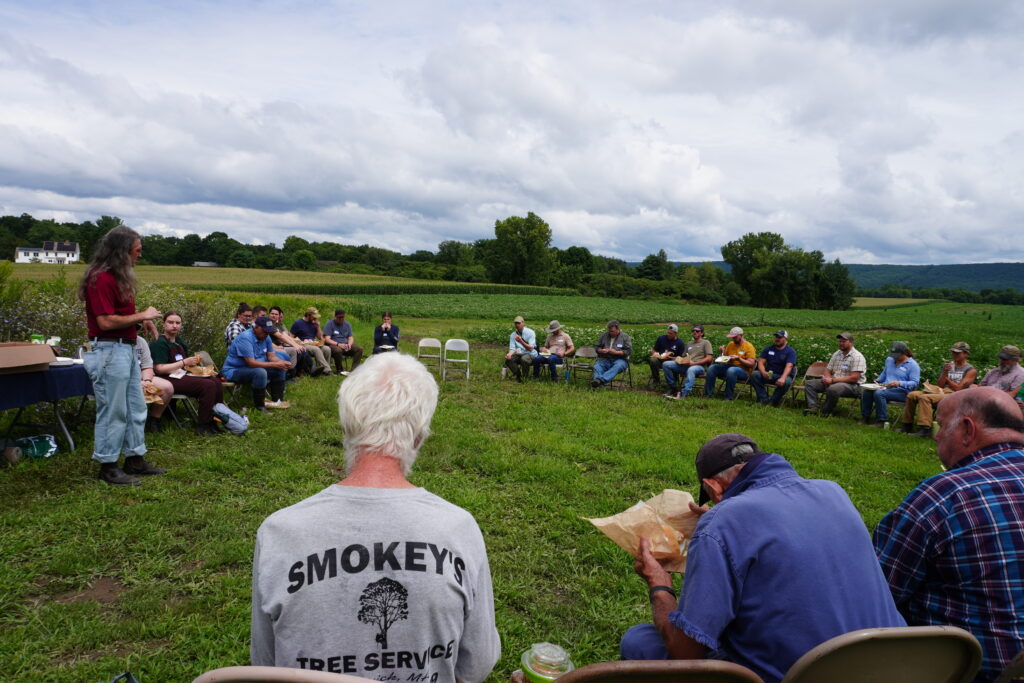
By the greenhouses and fields at Freedom Food Farm in Raynham, MA, farmer Chuck Currie shared how he works to improve his farm’s soils to promote long-lasting farm viability. With corn growing tall overhead at Bar-Way Farm in South Deerfield, MA, dairy farmers Peter and Henry Melnik alongside some of our partners from Natural Resources Conservation Service MA demonstrated the impacts of different methods of removing and tilling cover crops on silage corn fields. And in fields full of wildflowers at Flag Hill Farm in Vershire, VT, Sebastian Lousada and Sabra Ewing explained how managing their grazing herd of sheep and planting trees helps boost populations of pollinator insects like butterflies and bees for a more productive and ecologically resilient farm system.
By farming with regenerative practices, New England’s farmers help build stronger, more resilient natural systems amidst the challenges specific to our region. New England’s rocky soils, unpredictable weather conditions, and small, disjointed, and hilly plots of land take a long time to understand. In sharing their knowledge, farmers help each other accelerate the long process of learning how to farm in these conditions.
Each of these three farms works with AFT in a different way, from participating in research studies to receiving funding through grant programs. Read on to learn more about these farms’ partnerships with AFT New England and to see photos from the field.
Learning from Reduced Tillage at Freedom Food Farm
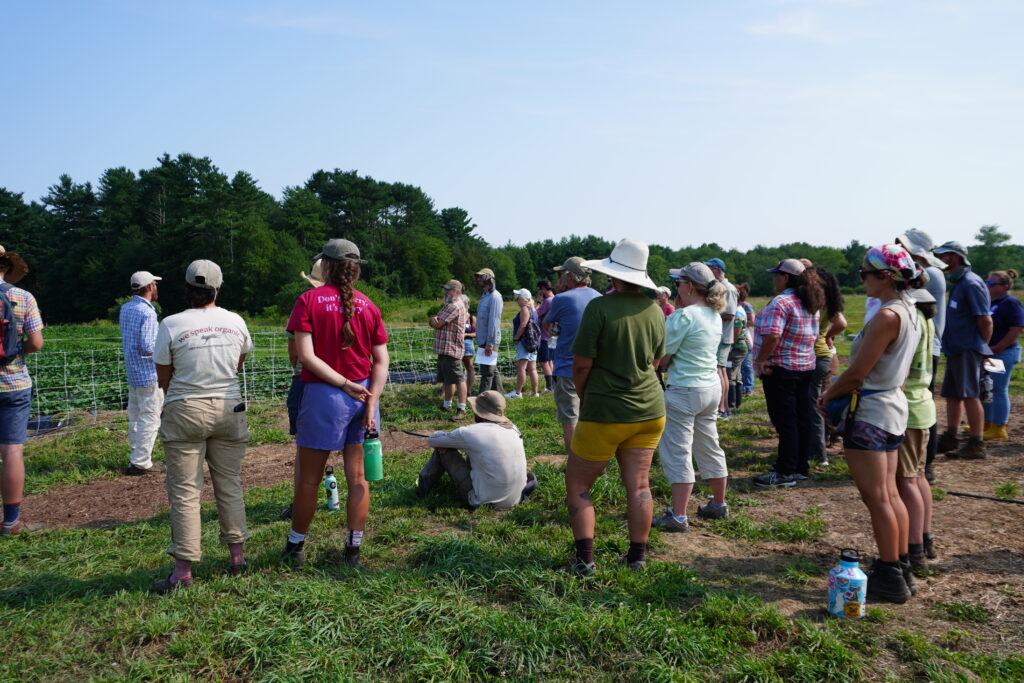
At Freedom Food Farm, Chuck Currie and his team grow over five acres of field vegetables, three acres of grain, year-round greens and specialty crops in seven greenhouses, and pasture-raised livestock on 30 acres in Southeastern Massachusetts. Chuck uses a variety of methods to build the health of the farm’s soils, like mulching, cover crops, and reduced tillage and no-till. Freedom Food Farm is a part of AFT New England’s Farmer Led Innovations in Reducing Tillage project, a 2-year program for innovative organic farmers to problem-solve toward efficient and effective tillage-reduced vegetable production.
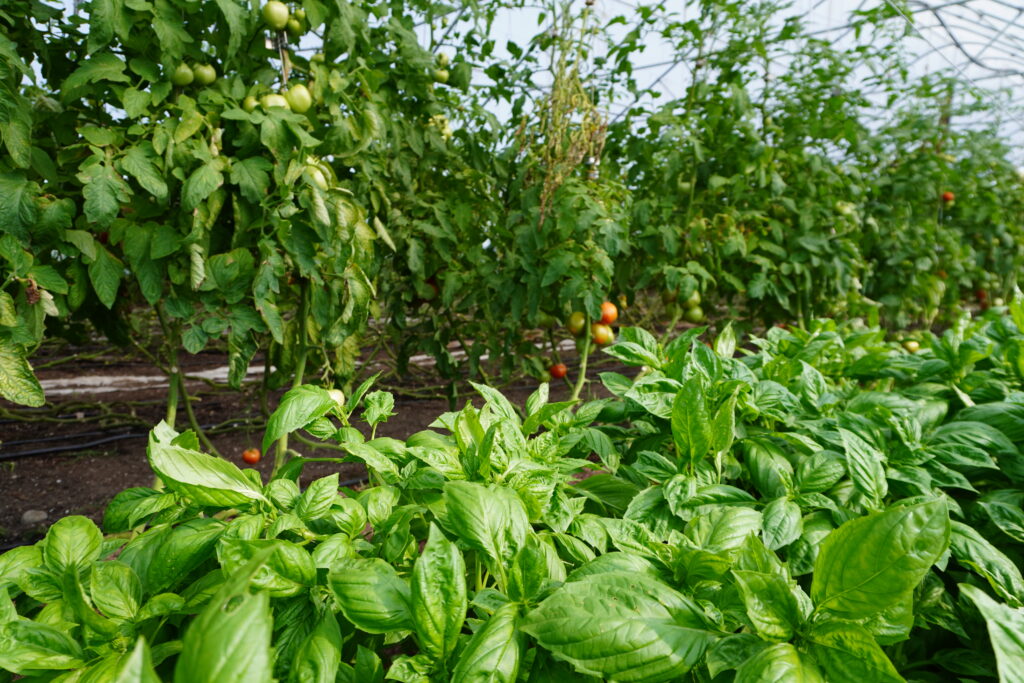
Since 2012, when Freedom Food Farm was co-founded by Chuck and Marie Kaziunas, the farm’s mission has been to provide healthy, nutritious food using organic and regenerative principles while striving to model natural ecological cycles.
On July 30, 2024, farmers, service providers, and community members gathered at Freedom Food Farm to learn from one another on a field walk focused on reduced tillage. Julie Fine, New England Climate and Agriculture Specialist for American Farmland Trust, presented alongside Chuck Currie, and many farmers and partners who work with AFT New England were in attendance.
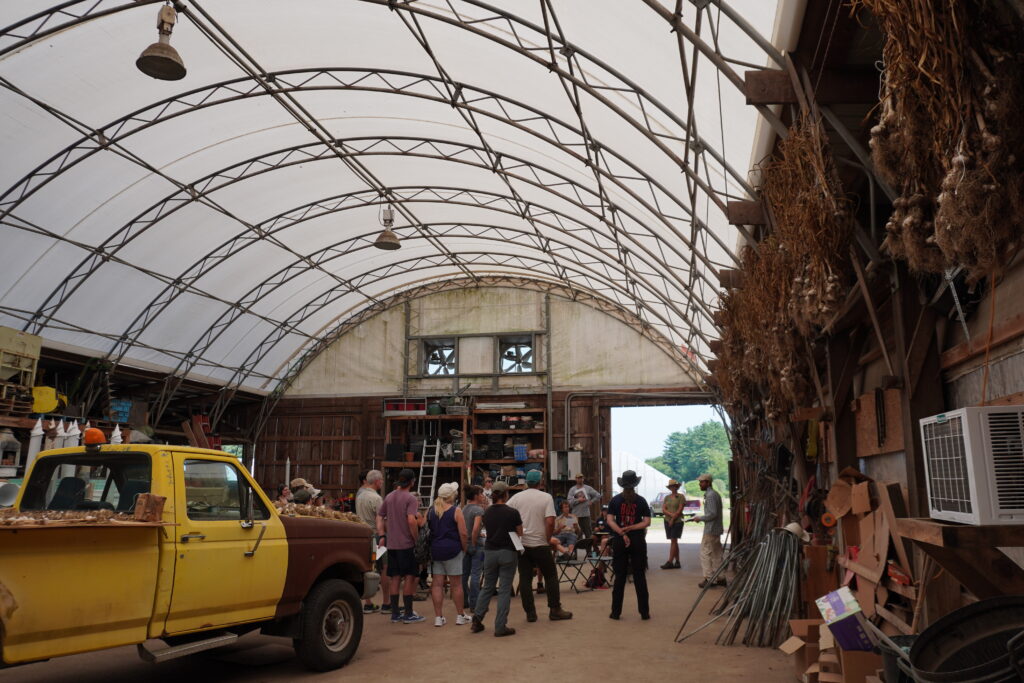

Comparing Conventional Till and No-Till at Bar-Way Farm
At Bar Way Farm, on August 7, 2024, members of the farming community gathered in a cornfield near the Deerfield River in Western MA. Farmers Peter and Henry Melnik demonstrated the effects of different kinds of tillage and cover crop termination on silage corn production and soil health outcomes as part of their involvement with our national On Farm Trials project Conquering Cover Crop Challenges Coast to Coast project. This project involves five-year trials of approaches to overcoming regional barriers to cover crop adoption on fifteen farms in five states
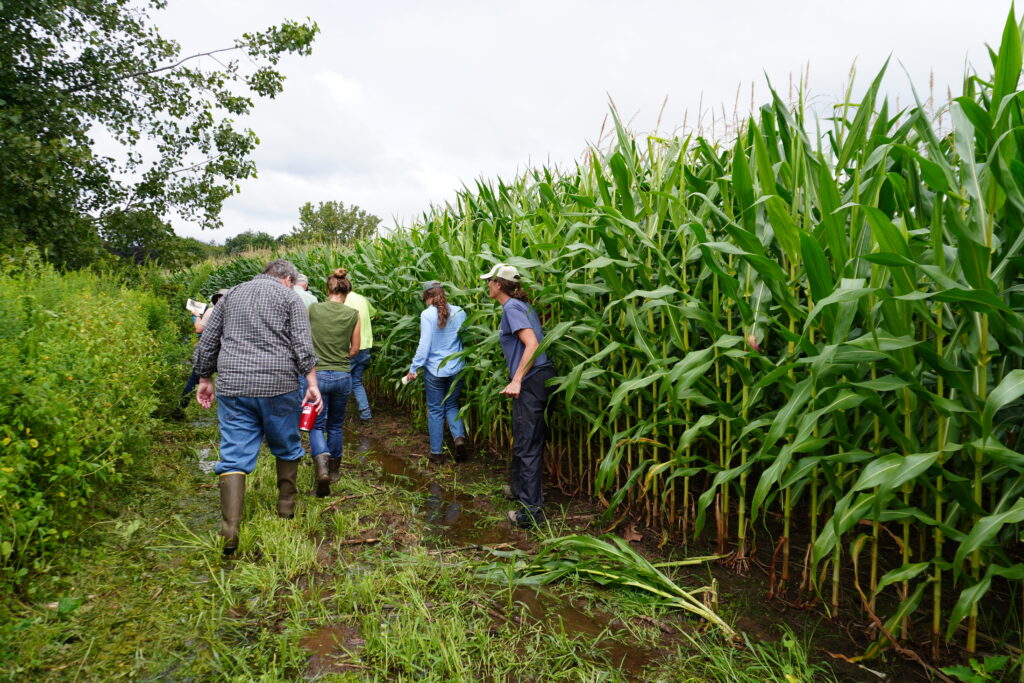
The Melniks compared the differences between conventional tillage (disc harrow termination of cover crop) with no-till (standing herbicide-terminated cover crop), and zone tillage, which leaves a narrow strip of cover crop residue between corn rows.
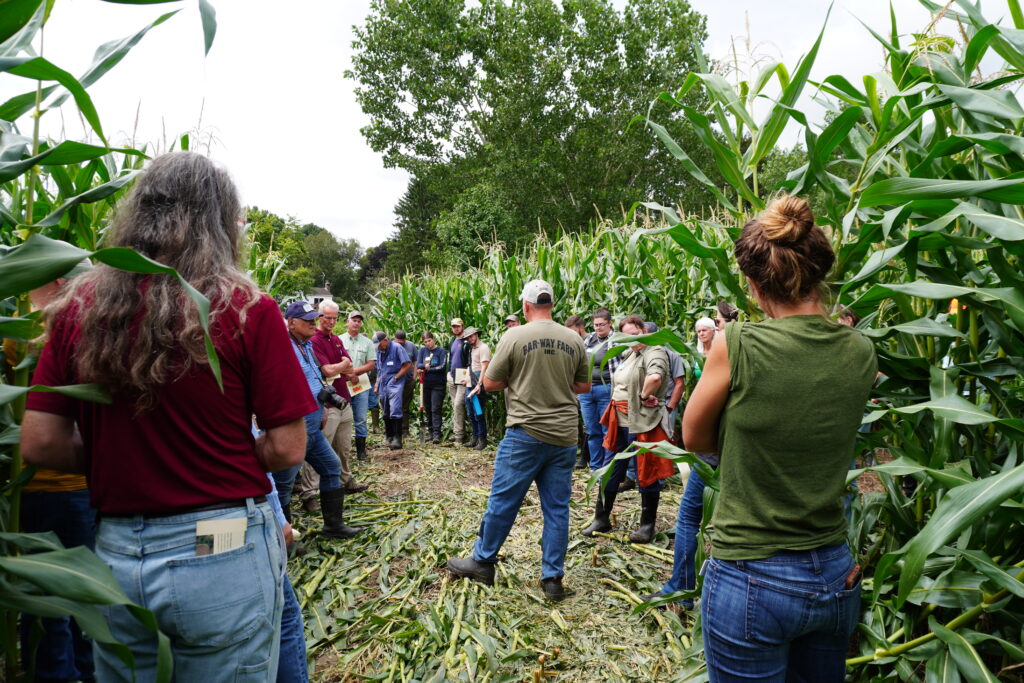
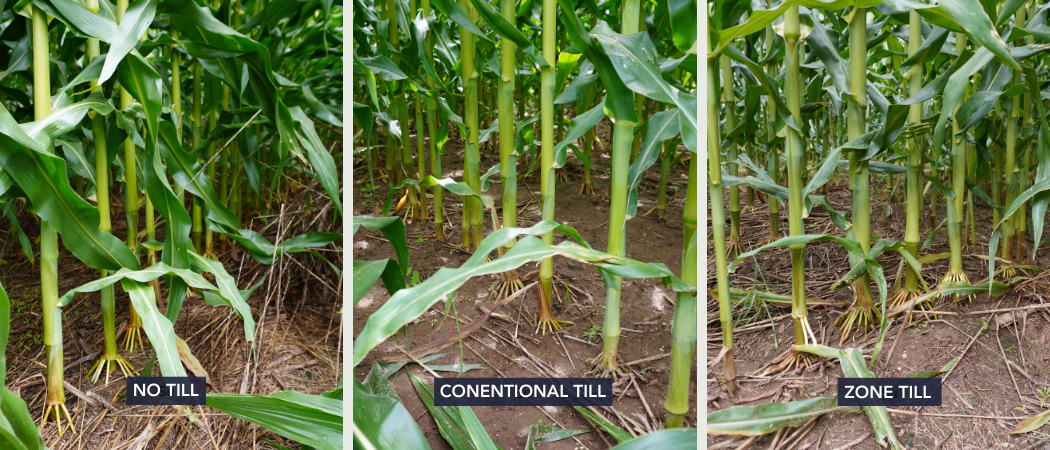
Over lunch, Arthur Siller (UMass Extension Educator) and Neda Nikpour Rashidabad (Post Doctoral Researcher, UMass Center for Agriculture, Food and the Environment) shared emerging research on corn production with living clover mulch. Kate Parsons (Resource Conservationist, NRCS-MA) then discussed tillage strategies while giving a demonstration of their impacts. Kate showed onlookers how soil samples taken from areas with different kinds of tillage reacted when soaked in water for one minute. Caro Roszell, AFT New England’s Soil Health Program Manager, presented the soil health outcomes on the different trial plots alongside the Melniks and our partners at UMass Extension and NRCS-MA.
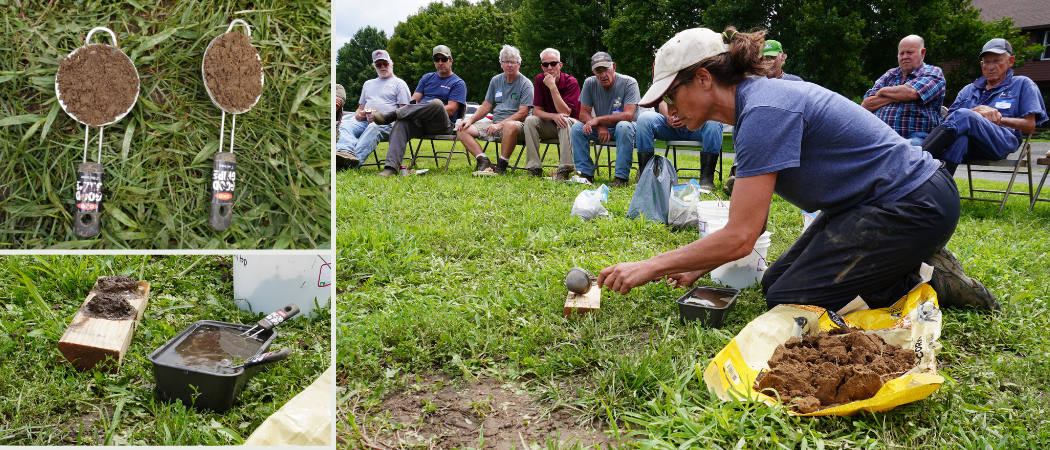
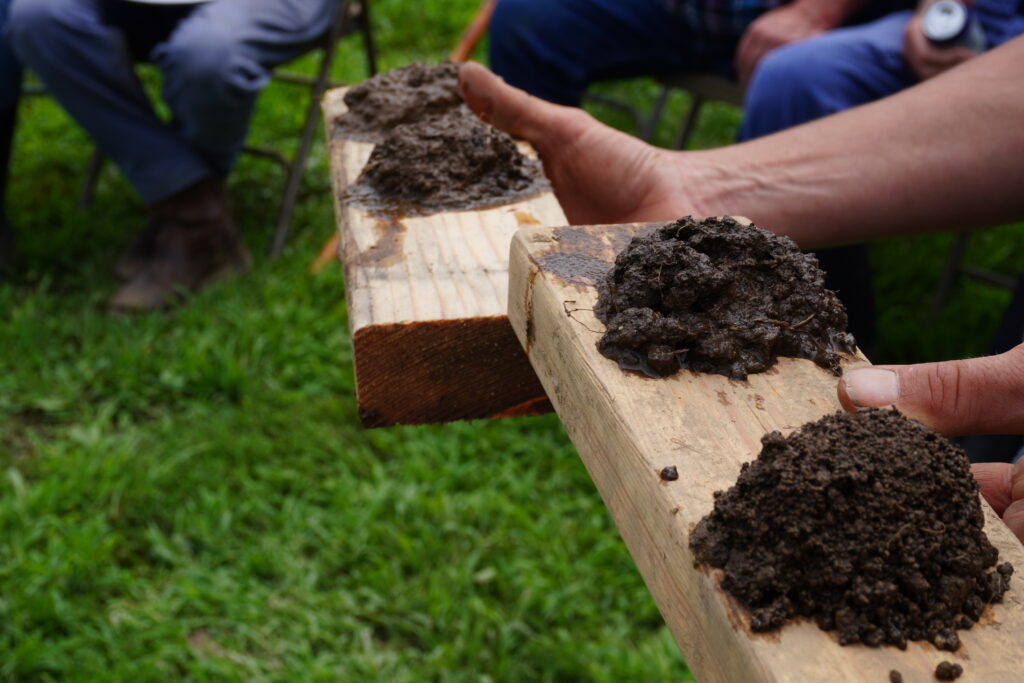
Managing Pasture and Planting Trees for Beneficial Insects and Soil Health
Surrounded by lush forests and rolling farmland and overlooking miles of scenic hills in Vershire, VT, Flag Hill Farm hosted a field walk focused on beneficial insects on August 11, 2024. Since 1984, Sebastian Lousada and Sabra Ewing have grown apples, pressed cider, and raised sheep on their organic and solar-powered farm.
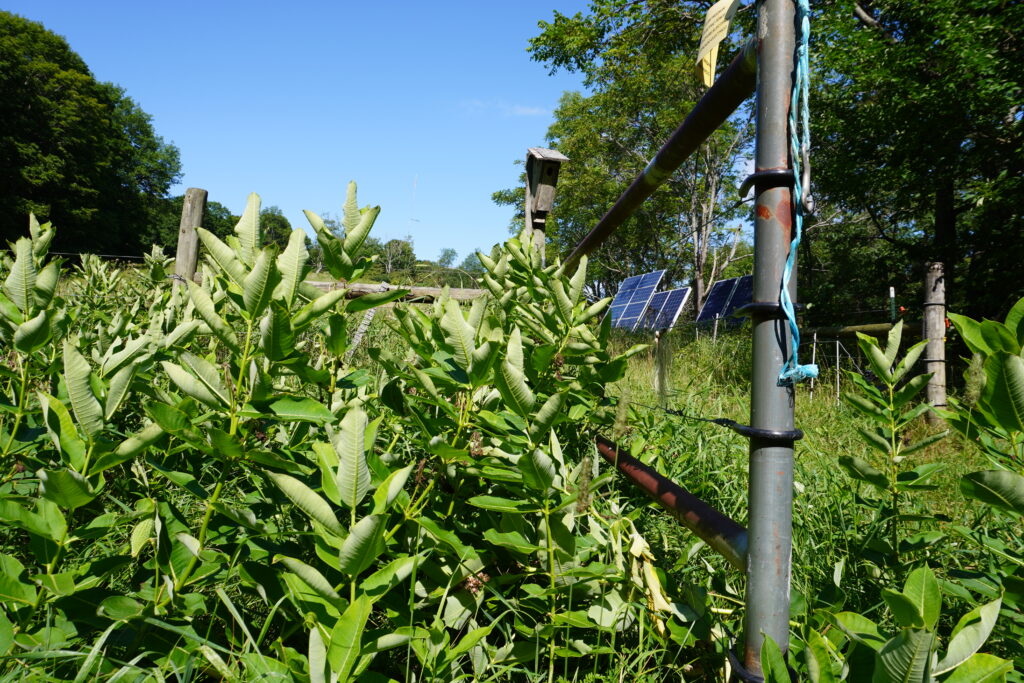
At the field walk, attendees learned about native pollinator insects in hands-on demonstrations of various survey techniques.
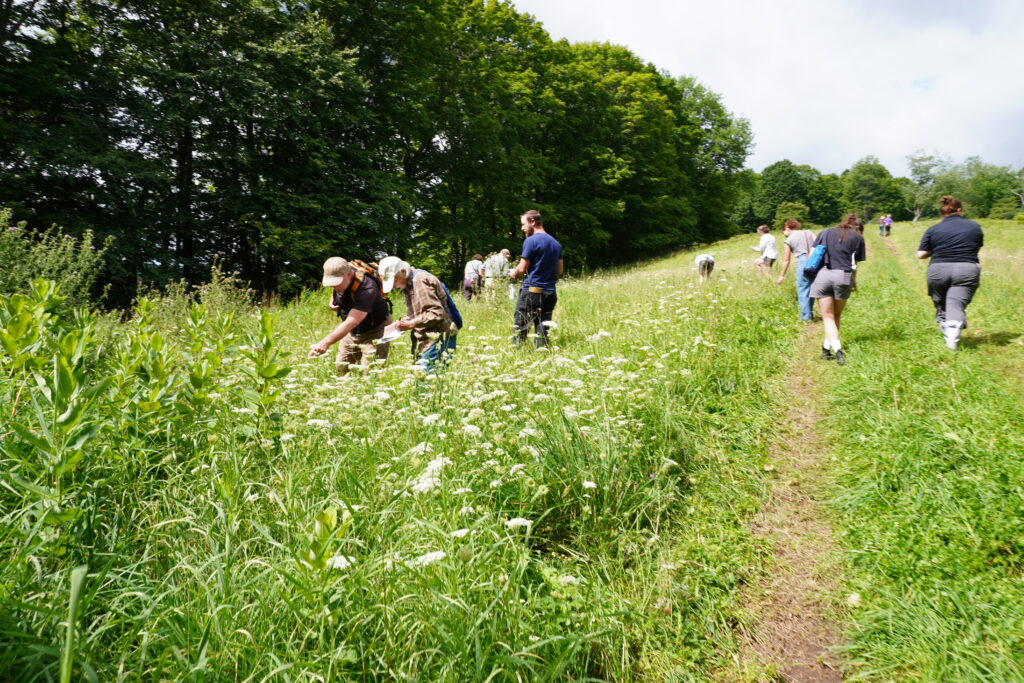
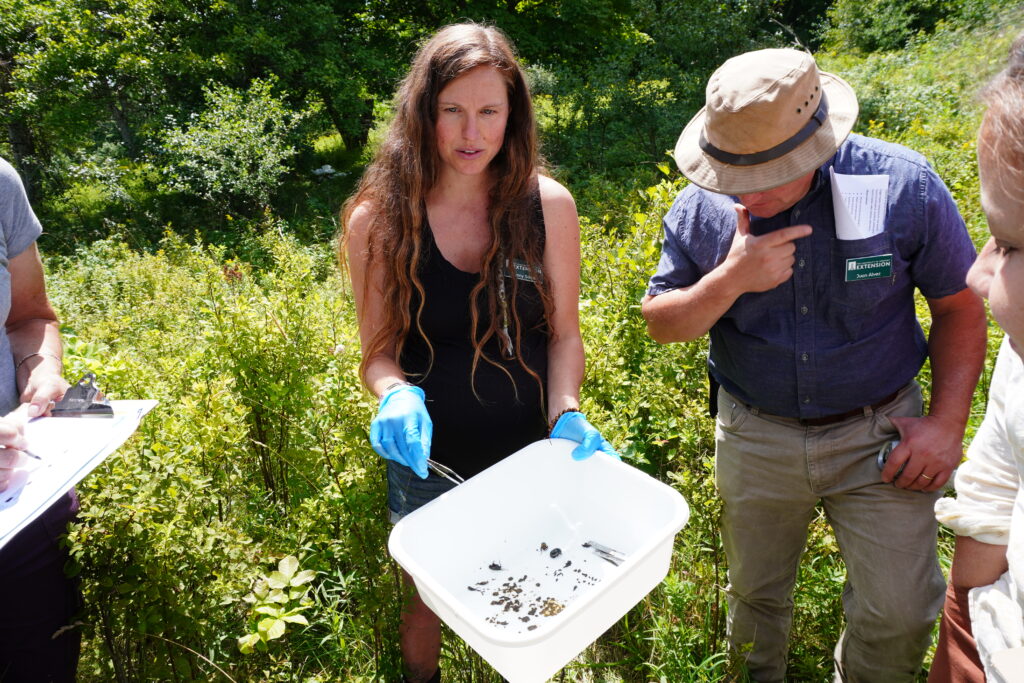
In 2024, Sabra and Sebastian were awarded a New England Farmer Microgrant Regenerative Livestock grant from AFT, which helped them permanently fence off a small wetland area from the sheep pasture, plant, and cage many trees and pollinator plants within the pasture (a production system called silvopasture) and extend a water line to provide water to sheep during winter.
Sebastian says, “The application for the grant was very easy for us. We were lucky to be able to get two really nice references from people familiar with our farm and our completed farm projects. We were really excited to be able to green-light these projects which we would not likely have done without the grant. Because of the grant, we also opened up our farm to host a beneficial insect workshop this summer which was wonderful.”
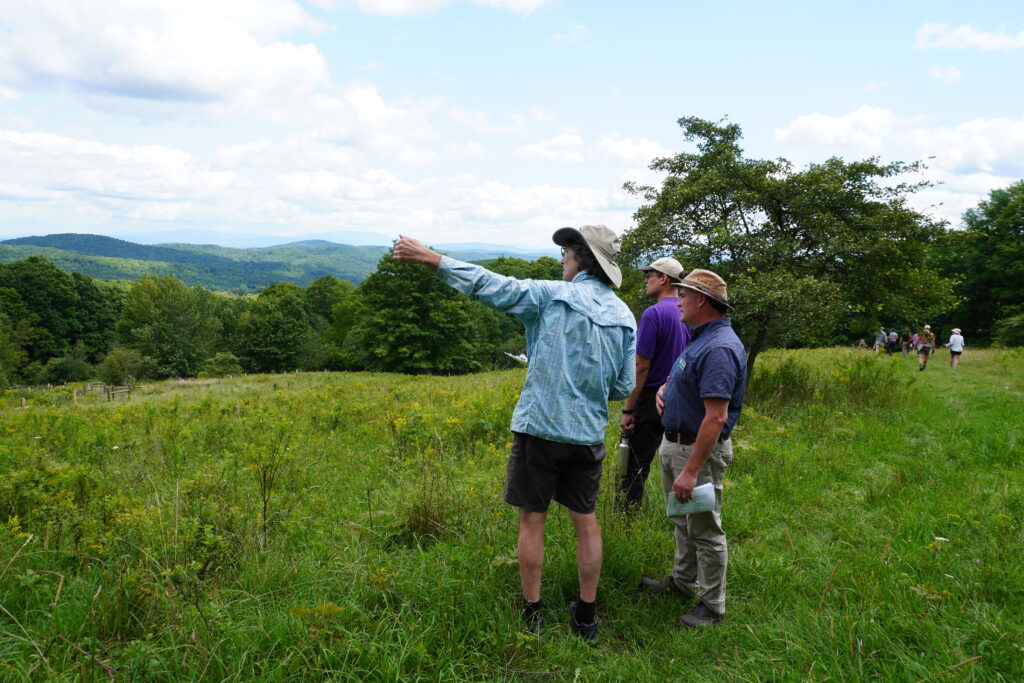

At the August 11 beneficial insect workshop and pasture walk, partners from the Xerces Society and UVM Extension presented alongside Sebastian and Sabra. Alissa White, Deputy Director for AFT New England and leader of its Climate and Agriculture Programs, also spoke on current financial and technical assistance opportunities available to livestock farmers in New England.
